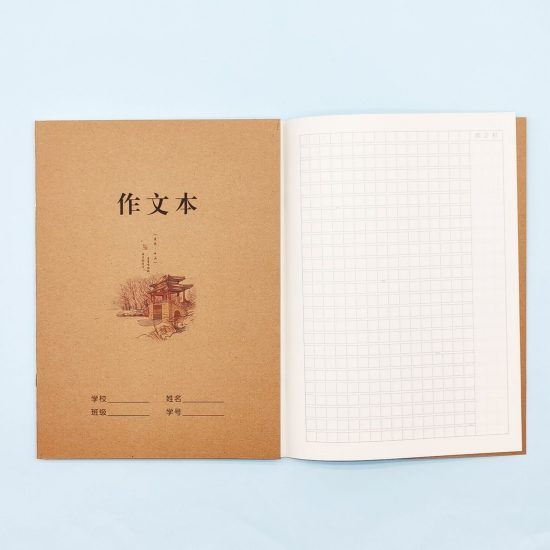Mind mapping is a powerful technique that helps visually organize thoughts, ideas, and information. It can be a creative and effective way to brainstorm, plan projects, study, or solve problems. Here’s a guide on the art of mind mapping in your notebook:
- Start with a Central Topic: Begin by identifying the central topic or theme that you want to explore. Write it in the center of your notebook page or use a symbol or image to represent it.
- Branch Out with Main Ideas: From the central topic, create branches that radiate outward. Each branch represents a main idea or concept related to the central topic. Draw lines or arrows to connect the branches to the center.
- Add Sub-branches for Details: For each main idea, add sub-branches to further expand on the details, subtopics, or related thoughts. Use short phrases, keywords, or images to represent these ideas.
- Use Visual Elements: Incorporate visual elements such as icons, symbols, or drawings to make your mind map more engaging and memorable. These visuals can help stimulate creativity, trigger associations, and improve information retention.
- Colors and Highlighting: Assign different colors to branches or use highlighters to distinguish between main ideas, subtopics, or categories. Color coding can aid in organizing and visually structuring your mind map.
- Connect Ideas and Relationships: Use lines, arrows, or connectors to indicate relationships between different ideas or concepts. This can show cause-and-effect relationships, dependencies, or associations. Experiment with different line styles or thickness to emphasize the strength or nature of the relationship.
- Embrace Non-linear Structure: Mind maps are known for their non-linear structure. Feel free to add branches and sub-branches in any direction as new ideas emerge. There are no strict rules for the layout or hierarchy, allowing for flexibility and creativity.
- Prioritize and Group Ideas: As you expand your mind map, you may find that certain ideas are more important or closely related. Prioritize them by positioning them closer to the central topic or using larger font sizes. Group related ideas by placing them near each other.
- Review and Refine: Step back and review your mind map to ensure clarity and coherence. Check if there are any missing connections or if certain areas need further elaboration. Refine and adjust the structure as needed to enhance understanding and organization.
- Use Mind Maps for Different Purposes: Mind maps can serve various purposes, such as brainstorming ideas, organizing information, studying, planning projects, or problem-solving. Explore different ways to apply mind mapping techniques in your personal or professional life.
Mind mapping in your notebook provides a tangible and portable format for capturing and visualizing your thoughts and ideas. It encourages creativity, promotes holistic thinking, and helps uncover new connections between concepts. Enjoy the process of mind mapping, and let it be a tool for inspiration and effective organization in your notebook.


